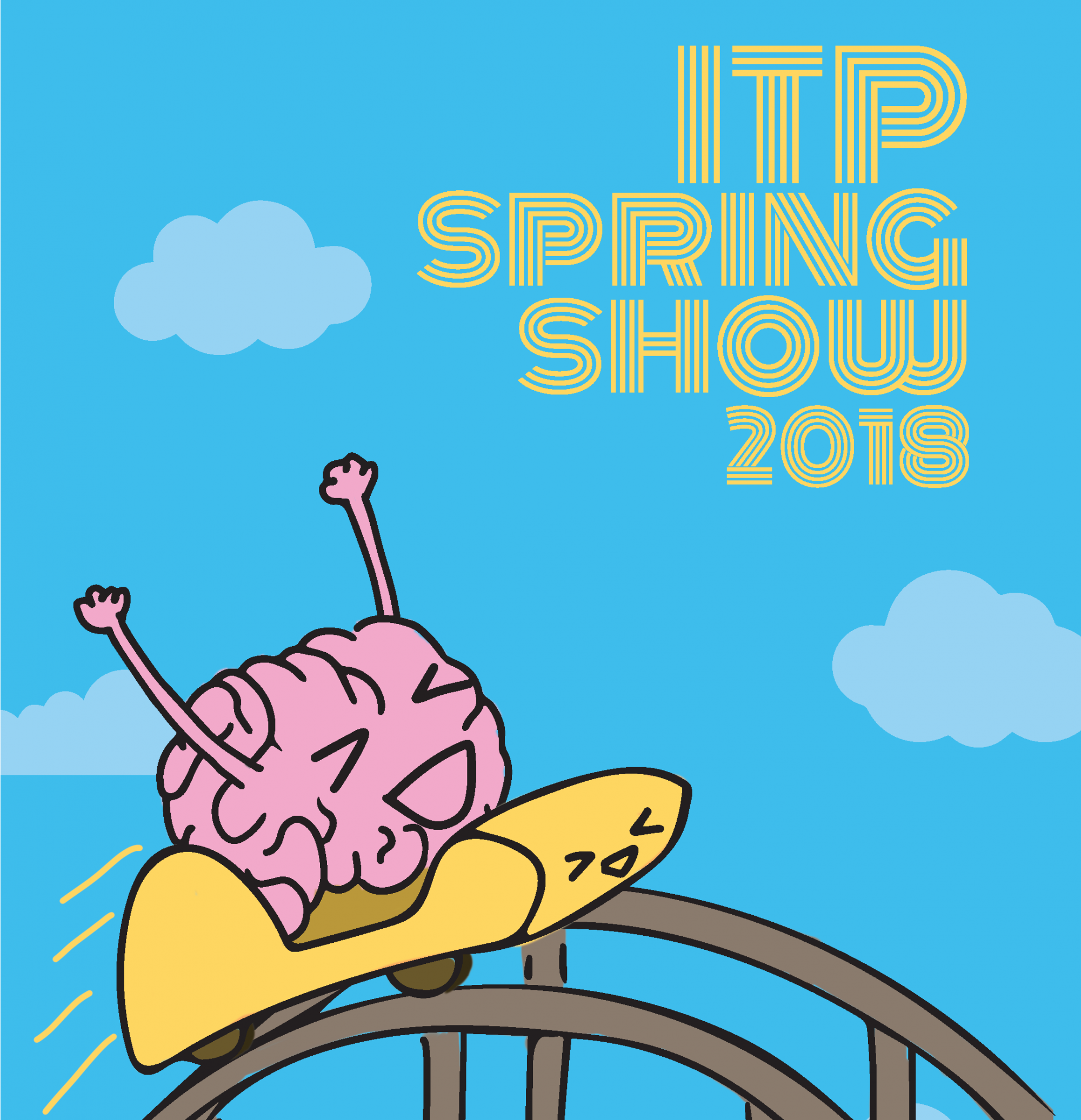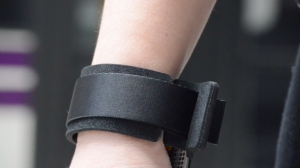Vidia Anindhita, Sandy Hsieh
Wayfinding wearable device and mobile app that translates turn by turn directions to haptic vibrations to safely guide visually-impaired users to their desired destination.
Description
For people with visual impairments or blindness, wayfinding, or the process of navigating unfamiliar spaces to reach a destination, is a complex and intimidating task. Although mobile phones now come preinstalled with screen readers (ie. iPhone VoiceOver and Android’s TalkBack), Google Maps and similar GPS navigation apps are not user-friendly. People with visual impairments or blindness rely heavily on multisensory feedback from their environment to navigate spaces, but the auditory feedback from the screen reader tends to overpower all other senses and can be very overwhelming for the user to concentrate on what steps to take next. This could potentially put the user in a distressed and vulnerable state, especially if others in the surrounding environment are also distracted (i.e. smartphone zombies). We are proposing to design a different user experience using principles of calm technology. Calm technology is a type of information technology where the interaction between the technology and its user is designed to occur in his/her periphery rather than constantly at the center of attention. Using Maps API and Bluetooth LE, we are developing a wayfinding bracelet and mobile app that translates turn by turn directions to haptic vibrations to safely guide visually-impaired users to their desired destination.
Classes
Bluetooth LE, Designing Meaningful Interactions, Expressive Interfaces: Introduction to Fashion Technology, Looking Forward 2: Design for Accessibility, Looking Forward 2: Design for Accessibility, Tangible Interaction Workshop

